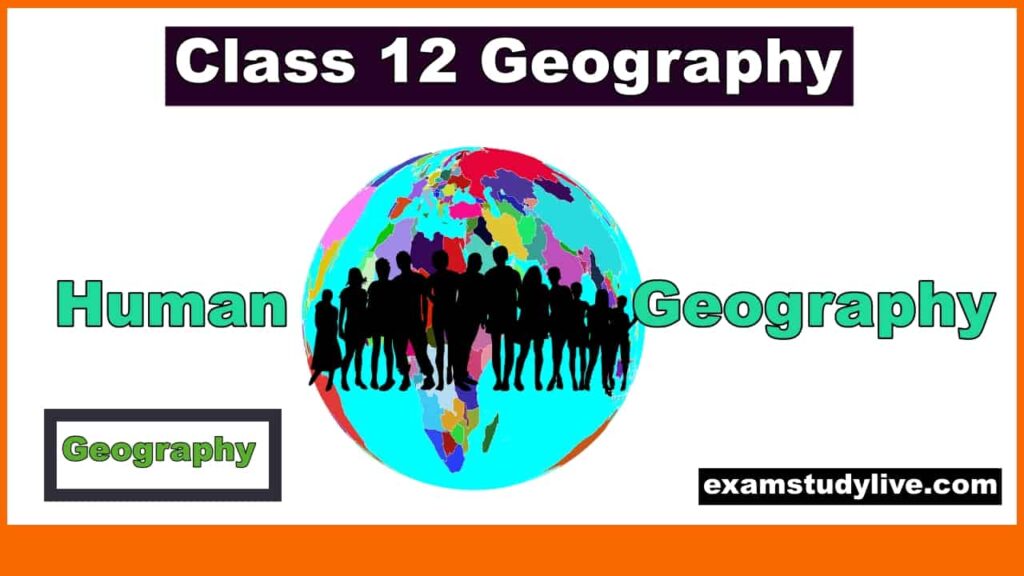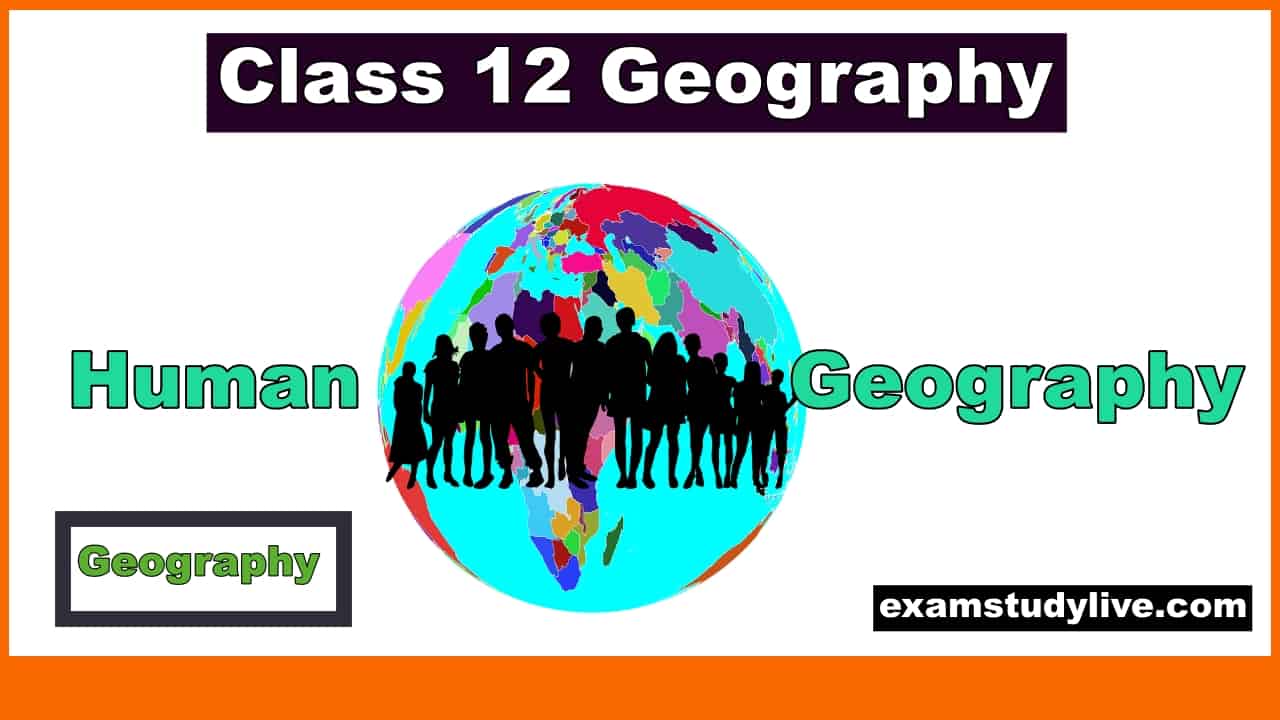Human Geography: Nature And Scope
In this article yo will get Class 12 Geography Chapter 1 Notes.
We also know the important branches of geography which originate from its body. We know geography as a field of study that is integrated, empirical, and practical, so its approach is broad, for each phenomenon.
It varies in place and time and can be captured and searched geographically.

How do you see the Earth’s surface? Have you realized that the earth is made up of two basic elements: nature (physical environment) and life form (including humans).
Physical geography studies the relationship between physical science/nature and the human world. Agnew J. Livingstone, Rogers A And according to David N. (1996), the spatial distribution of social and economic diversity among different parts of the world, between human events and how they occur.
We already know that to understand geography as a discipline is to understand the earth as the home of man.
Geography is subject to dualism and there has been widespread debate as to whether geography should be a moral law-making / theory (nomothetic) or descriptive (idiographic).
Should this be adjusted to mean and should the learning method be regional or systematic?
These were issues for intellectual practice, but in the end it is plausible that the two distinctions between man and body are not so valid.
Nature and man are indivisible elements and must be seen as a whole. It is interesting to note that physical and human phenomena are described in parables using human bodily symbols.
Do we often talk about the ‘face of the earth, the eyes of the storm’, the mouth of the river, the moan ‘? (Nose) glacier, isthmus ‘neck’ and floor profile.
Similarly, regions, villages, and cities are described as “beings”. German geologists have described the ‘kingdom’ as a living being.
The network of railways, roads, and waterways is described as “circulating roots”, can you collect such terms and expressions from your languages?
Darwin played a major role in animating and personalizing nature in an entity, the main question remaining is, can we separate nature and people when the 20 are intimately interlinked?
Also read This: History
(Class 12 Geography Chapter 1 Notes.)
Definition Of Human Geography
The study of the relationship between the earth’s surface and human societies is known asHuman Geography.
Human geography is the study of the relevance of the skin and the poor between the world and human society.
The above definition has been emphasized by Friedrich Ratzel in the year (1844-1904) .
Nature Of Human Geography
Human geography is currently not directly related to the physical environment in the range covering all aspects of geography.
Human geography includes three related subjects:
(i) spatial analysis, recording, and interpretation of human events around the Earth, with special attention to the importance of space as a variable;
(ii) Study of natural and socio-economic and the relation of human and their environment
(iii) Regional package connecting the first two subjects: at specific locations. All can be followed at different spatial scales.
(Class 12 Geography Chapter 1 Notes.)
Scope Of Human Geography
Every physical, biological and social science has its own method, philosophy, and scope.
For example, economics is primarily concerned with the movement, production, and consumption of goods and services, while geography is concerned with the structure and interior of the Earth’s crust.
The population is related to the characteristics of the human population, and zoology and botany explore animal and plant states, respectively.
Similarly, geography explores many definite and obscure natural and man-made phenomena. In human geography, the main influence is with the study of human communities, dealing with their habitats or the spatial distribution of communities.
(Class 12 Geography Chapter 1 Notes.)
Human geography covers a vast area or its vast range. It adopted the study of human species; Growth, distribution, and population density in different parts of the world.
Physical and cultural differences between their demographic characteristics and migration patterns, human groups, and economic activities.
It encompasses the relationship between man and his natural environment and the way his activities are distributed.
Human geography considers culture, languages, religions, customs and traditions, the type and size of rural communities, the area, size, development, and functions of urban communities, and the performance classification of cities.
The study of economic industry, activities, materials, and modes of transport, and spatial distribution of communication influenced by the physical environment are important topics in human biography.
In short, in this subject or discipline, we study the effect of the physical environment on the economic, social, cultural, and religious activities of the people of a region. Increasing human impact on the environment is a growing topic in human geography.
Human geography can communicate with the world as it still exists today. It has significance for people.
Where they are, what they like, how they interact with space and time, what natural landscape they use, which they occupy.
(Class 12 Geography Chapter 1 Notes.)
Fields and Subfields of Human Geography
You see human geography trying to make connections between all the elements of human life and the place where it took place.
Therefore, this discipline takes a better interface with other fraternal disciplines in social sciences to understand and interpret human elements on Earth.

